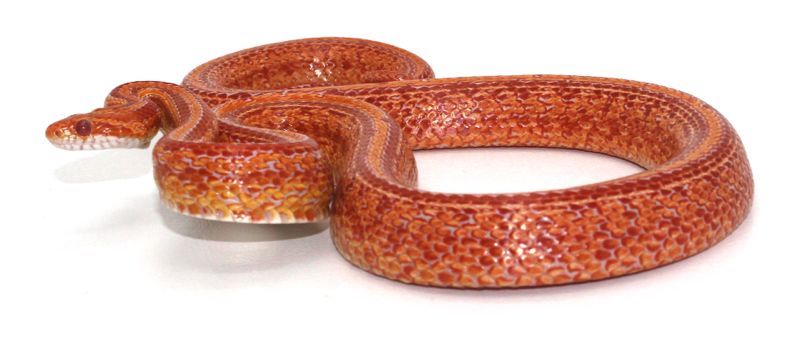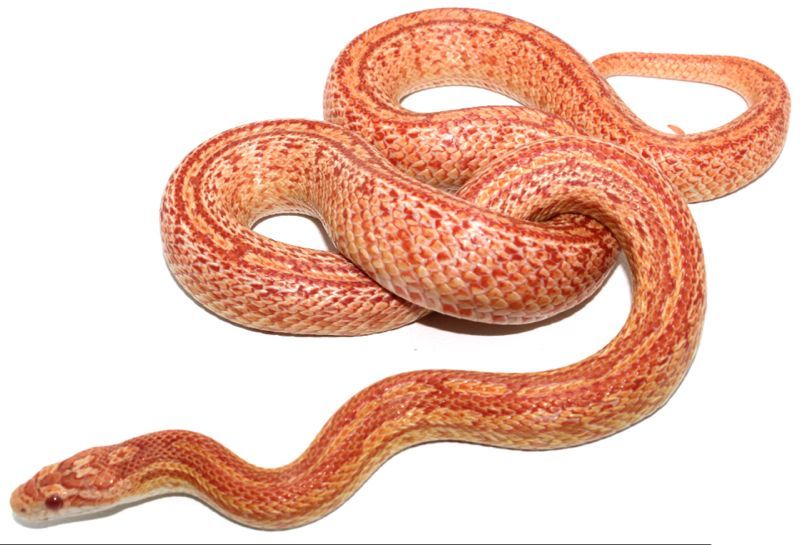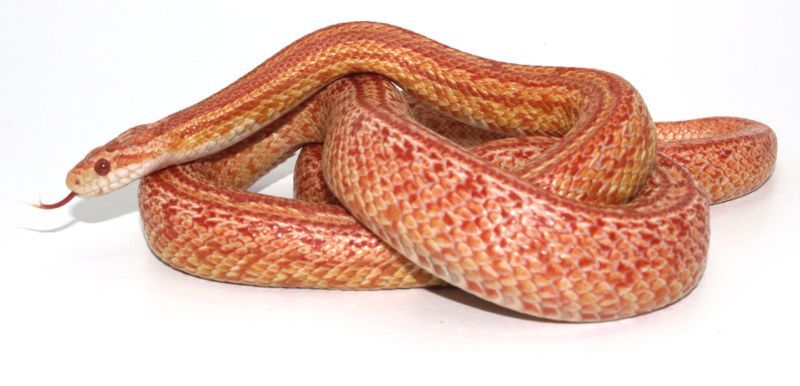Kokopelli
Resident Boa Fanatic
No, please don't hang me... I am not trying to stir any pots.
Israel, as some of you might have heard from me by now, is dependent on irregular imports, usually done by less than expert importers.
I know for a -fact- that quite a few people create hybrids and sell them as pure corns... needless to say, they are not my friends, but it an ever existing problem.
Well, a teenager here suddenly posted these for sale.
He claims that the dame is from abroad, and was since the egg laying, sold... the sire is a classic Corn.
According to him, the dame looked just like these... and the ratio is roughly 50/50- AKA, the pattern seems to behave in a dominant manner.
I wanted to run these by you... and hear your thoughts. Tesseras or Hybrids?
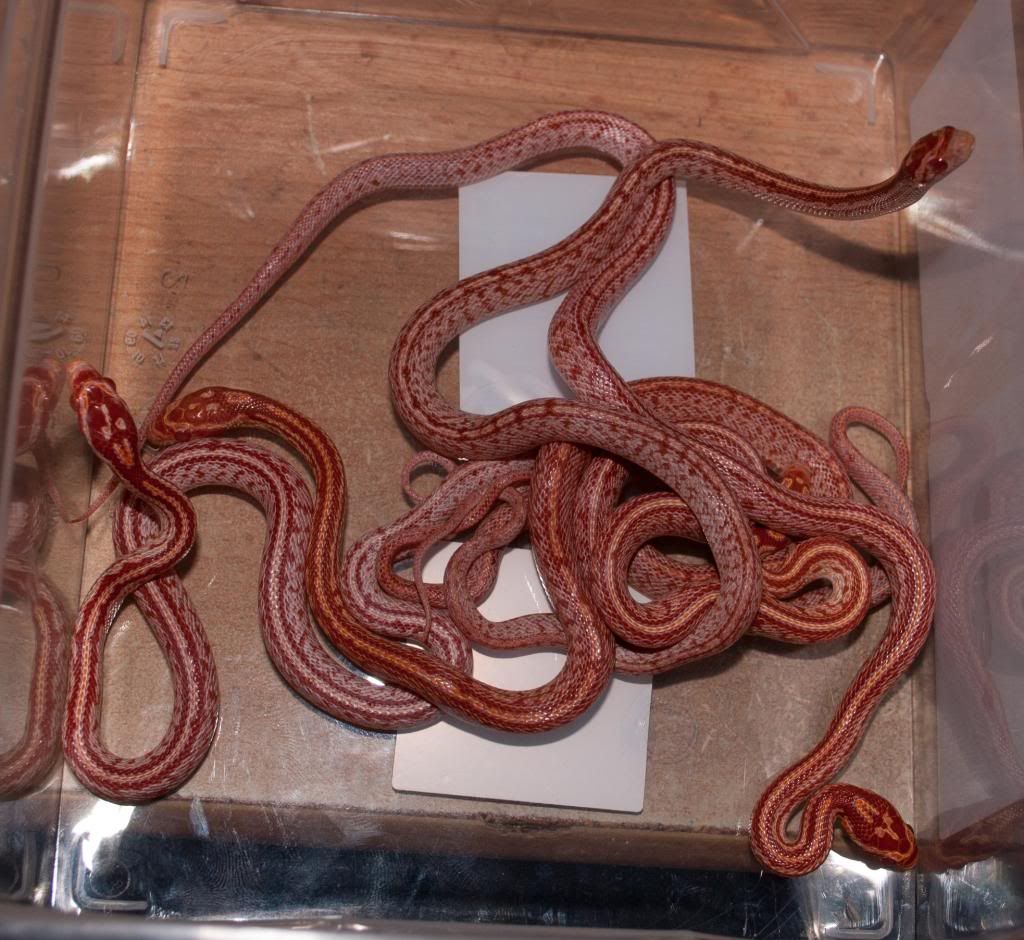
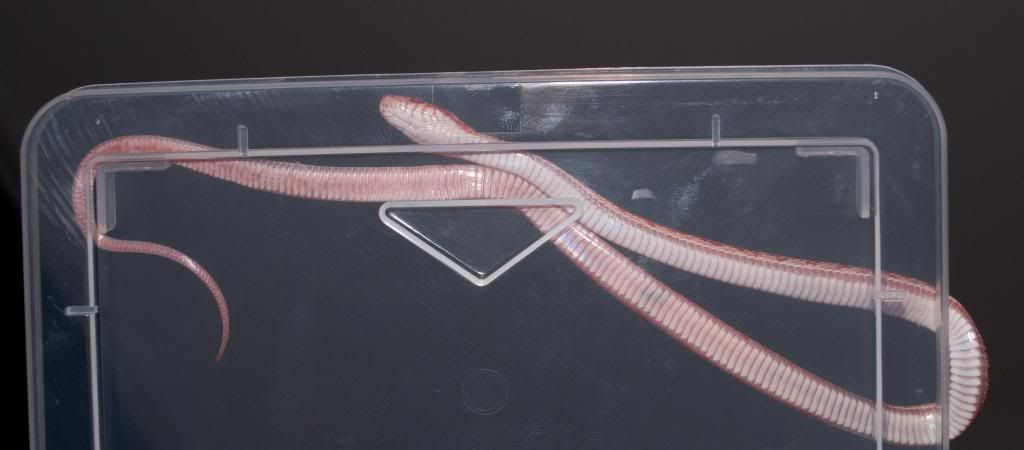
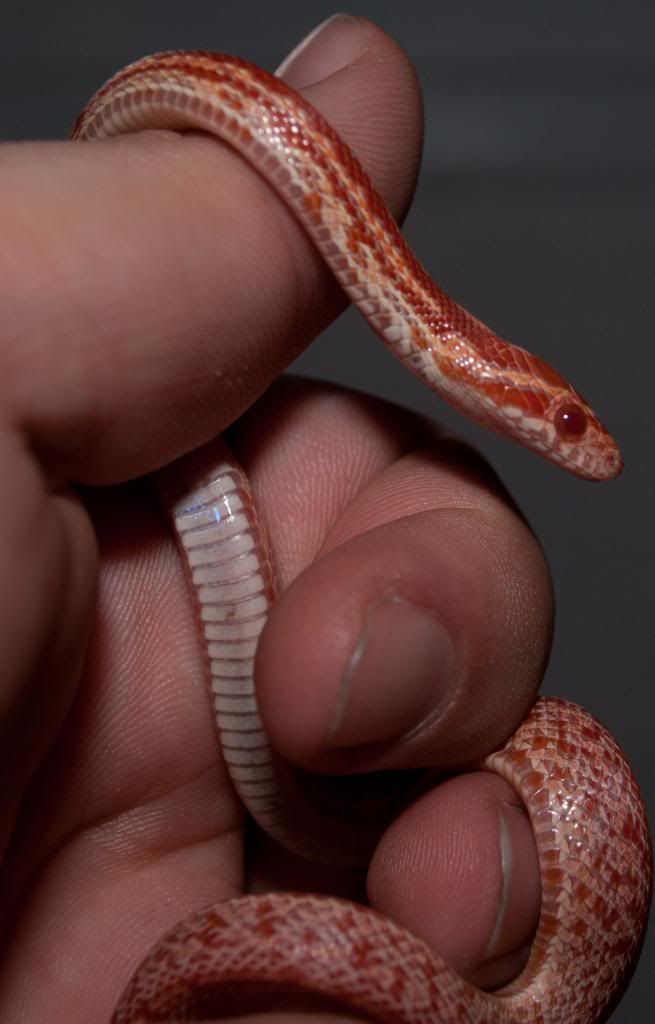

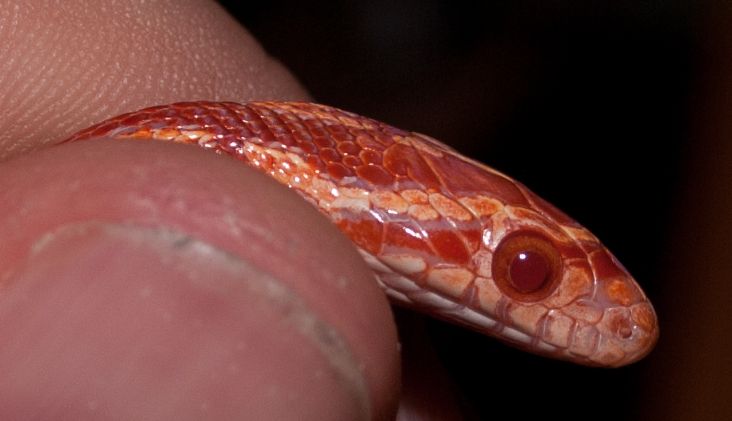
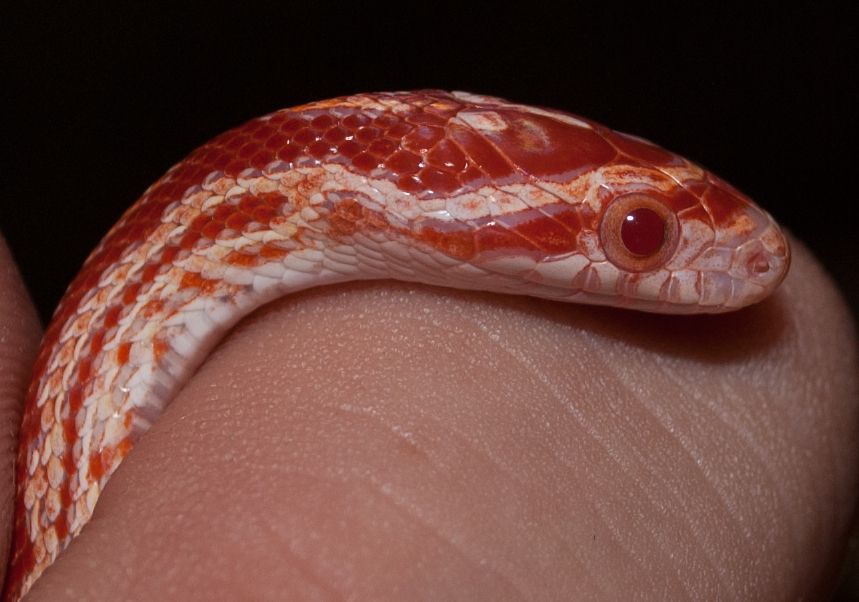
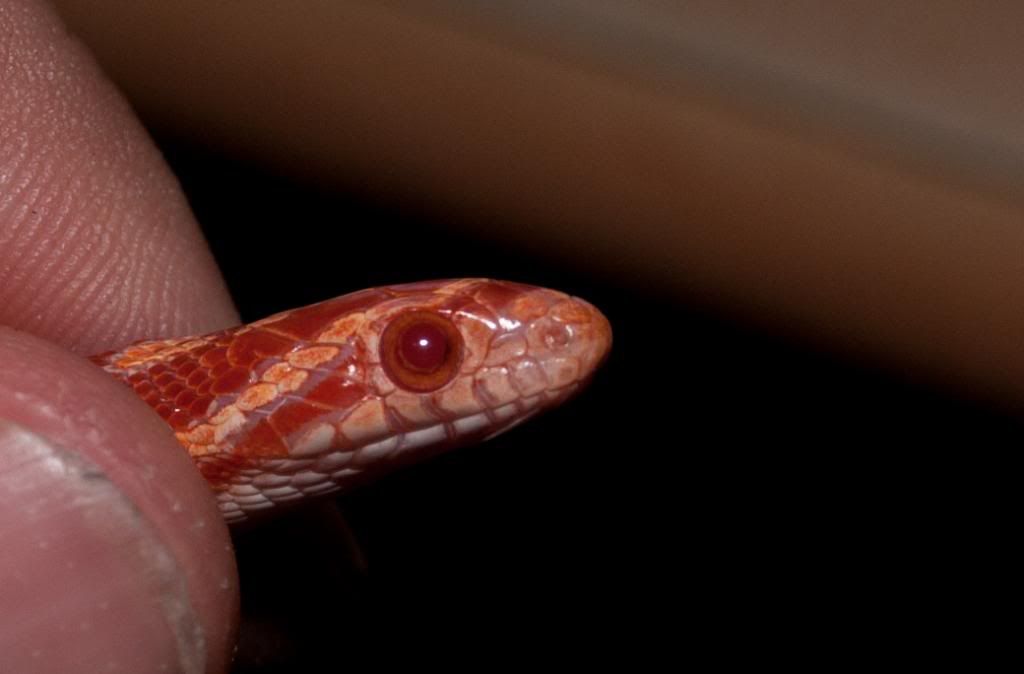
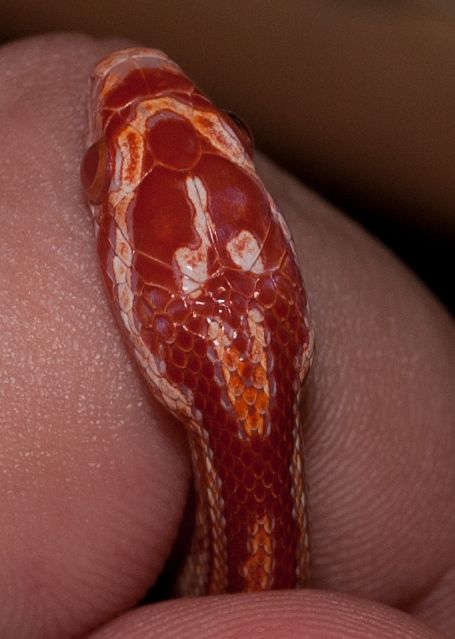
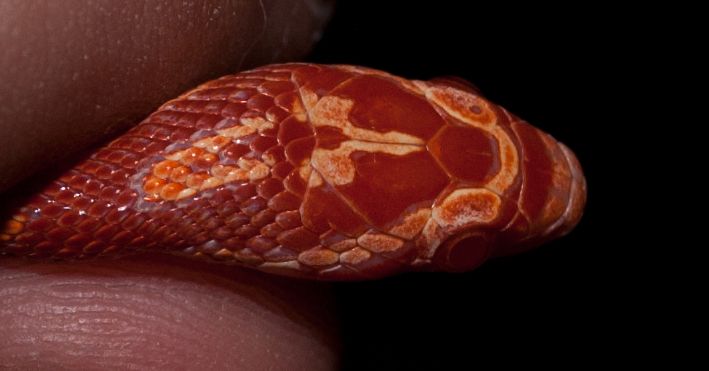

Israel, as some of you might have heard from me by now, is dependent on irregular imports, usually done by less than expert importers.
I know for a -fact- that quite a few people create hybrids and sell them as pure corns... needless to say, they are not my friends, but it an ever existing problem.
Well, a teenager here suddenly posted these for sale.
He claims that the dame is from abroad, and was since the egg laying, sold... the sire is a classic Corn.
According to him, the dame looked just like these... and the ratio is roughly 50/50- AKA, the pattern seems to behave in a dominant manner.
I wanted to run these by you... and hear your thoughts. Tesseras or Hybrids?













